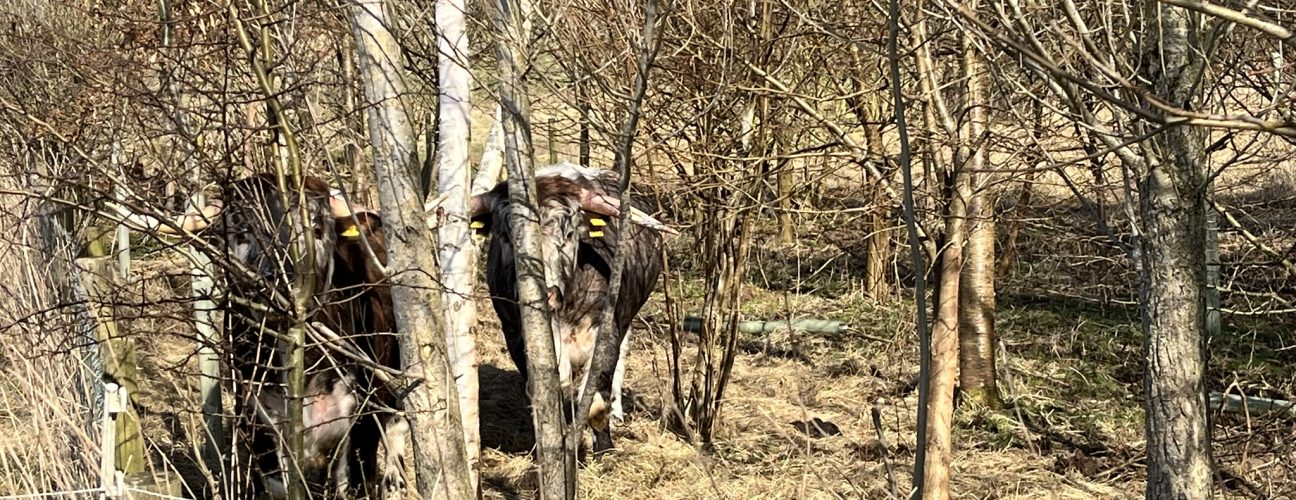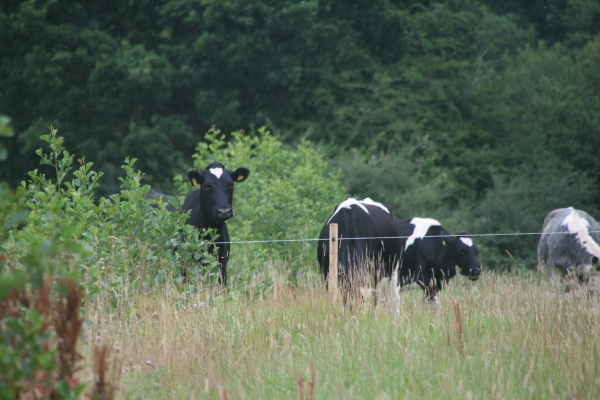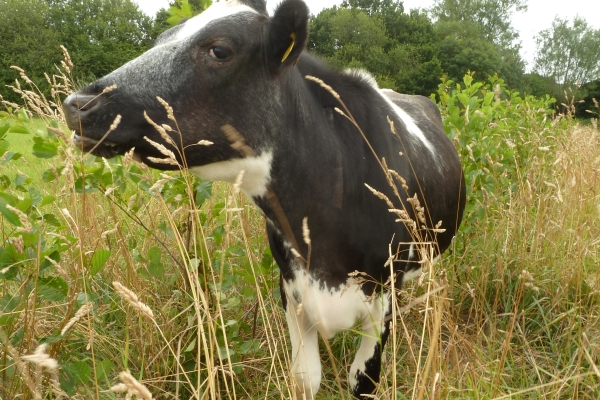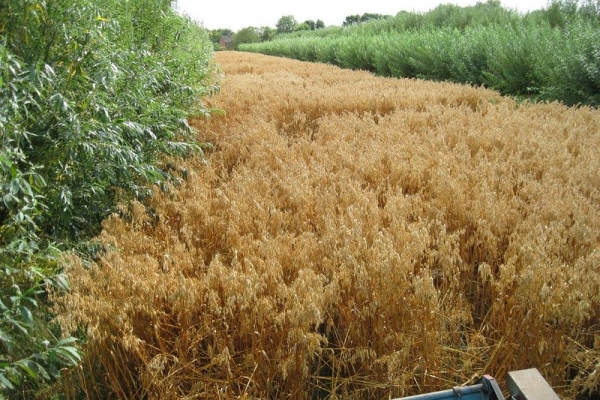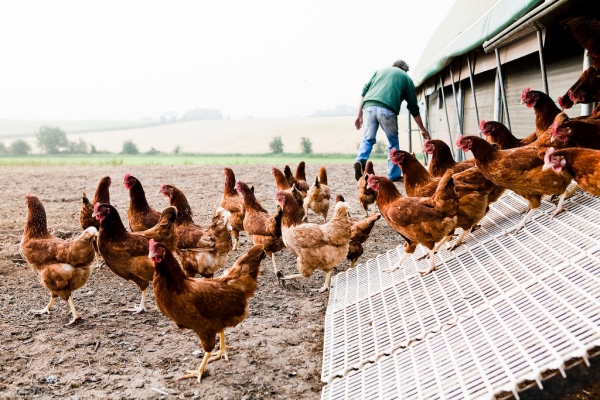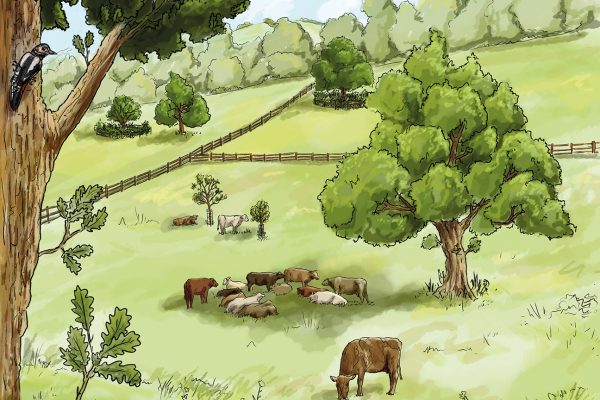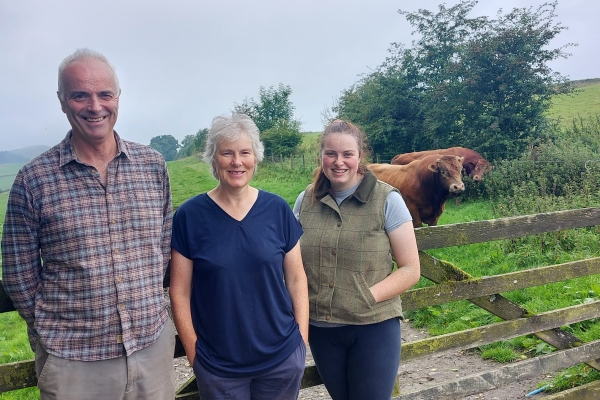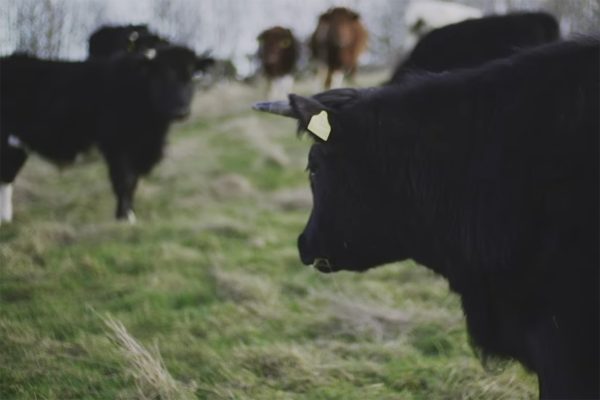Woodland grazing toolbox
Resource explained
This Scottish Forestry guide to developing a Woodland Grazing Plan is designed for woodland owners, managers and farmers seeking to manage their woodland to achieve biodiversity and/or cultural heritage objectives, using livestock as a management tool.
Grazing with livestock is one of many tools available to woodland managers. It is suggested that you firstly consider whether livestock grazing is likely to be right for your woodland. If it is, the toolbox will help you to determine the most suitable grazing regime.
The toolbox has 8 sections which correspond to the downloadable Woodland Grazing Plan template. It is recommended to download the template first and use the step-by-step guidance to complete each section.
Findings & recommendations
- Introduction – General information about your plan and your woodland management objectives.
- General description of woodland – Includes conservation designations and accessing information from the Native Woodland Survey of Scotland
- Habitat types and their key features – Includes help on defining habitat types, using the Habitat Survey map to present the information, and identifying known features of biodiversity and/or cultural heritage interest in each of the habitat types in your woodland.
- Habitat condition, biodiversity and cultural heritage objectives – Includes guidance on assessing current habitat condition, and determining biodiversity and cultural heritage objectives.
- Constraints – Grouped under themes including; grazing tenure, availability of monitoring personnel, obligations, wild herbivore management, obstacles to stock movement, and incompatible biodiversity objectives.
- Grazing management – Provides guidance for working out the grazing management system most likely to achieve your woodland management objectives. This is divided into two stages: 1) Working out how livestock graze the wood and deciding whether it is necessary to divide it into different grazing management units, 2) Determining the grazing regime for each management unit.
- Monitoring change in woodland habitat condition
- Actions – This section of your woodland grazing plan should summarise what you propose to do to meet your biodiversity and cultural heritage objectives.
Section-by-section guide to the toolbox
